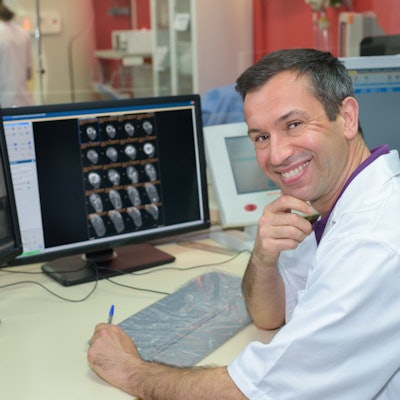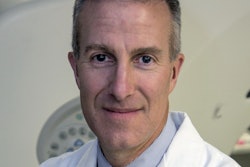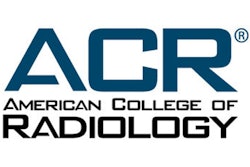
General radiologists in the U.S. mostly work as multispecialists with specific areas of subspecialty focus, and nearly all have at least one of these subspecialty focus areas, according to research from the Harvey L. Neiman Health Policy Institute.
To assess the individual work efforts of radiologists, a research team led by Dr. Andrew Rosenkrantz utilized the 2017 Medicare Provider and Other Supplier Public Use File and a previously validated work relative value unit (RVU) weighted claims-based classification system.
They found that 85% of radiologists deemed to be generalists had two or more subspecialty focus areas.
"The predominance of general radiologists' multispecialty focus across various practice types and locations supports their role in facilitating patient access to a range of radiologist subspecialties," Rosenkrantz said in a statement.
In their analysis published in the May issue of Academic Radiology, the researchers categorized generalists as radiologists who did not spend more than 50% of their work effort in a single specialty. A threshold of more than 25% subspecialty work effort was used to determine a subspecialty focus area. The researchers classified generalists with two or more subspecialty focus areas as "multispecialists."
Of the 12,438 radiologists considered to be generalists, 85% had two or more subspecialty focus areas of more than 25% work effort, 14.6% had one focus area, and 0.4% had no focus area, according to the researchers. The fraction of generalists meeting multispecialist criteria was similar across years in practice, academic versus nonacademic status, and practice size (Academic Radiology, May 2020, Vol. 27:5, pp. 715-719).
The researchers did find, though, a geographical variance among general radiologist multispecialization, ranging from 58% in Vermont to 94% in Wyoming. These percentages were not associated with state-level population density.
"A more complete understanding of practice patterns both general and subspecialty radiologists could help inform important ongoing conversations within radiology about training, staffing, and workforce planning -- all aimed at ensuring robust access to high-quality imaging services," said senior author Dr. Richard Duszak, Jr.




















